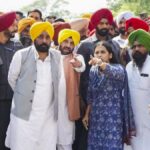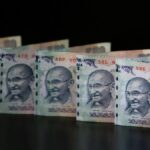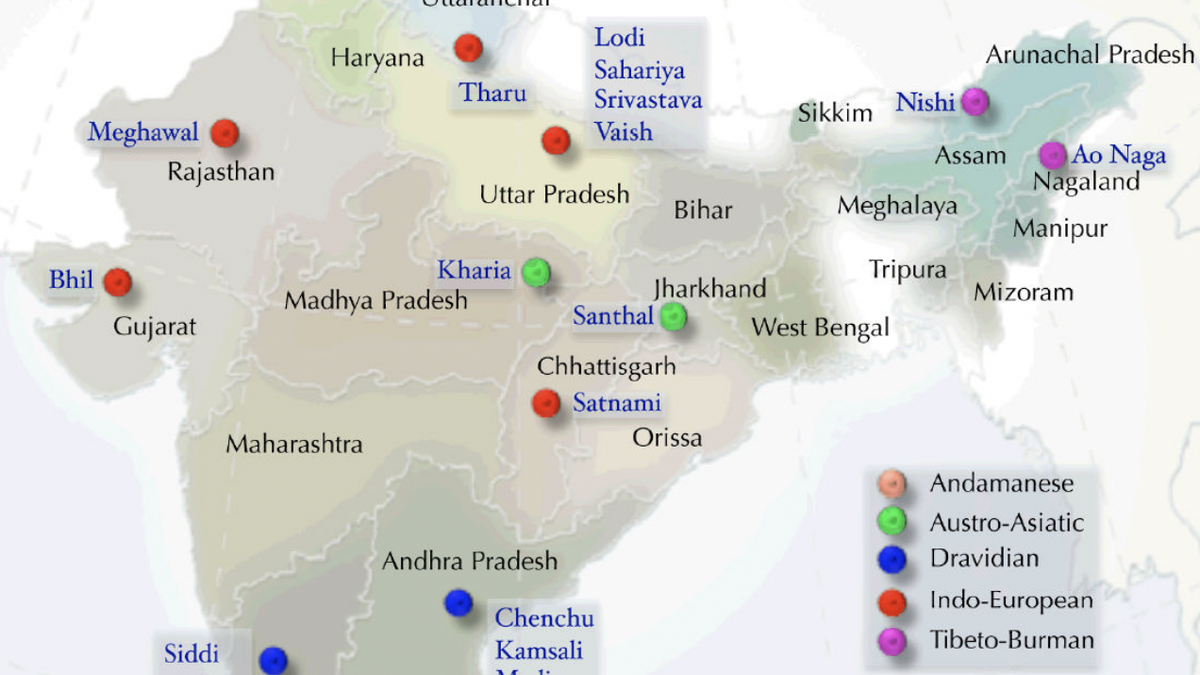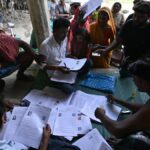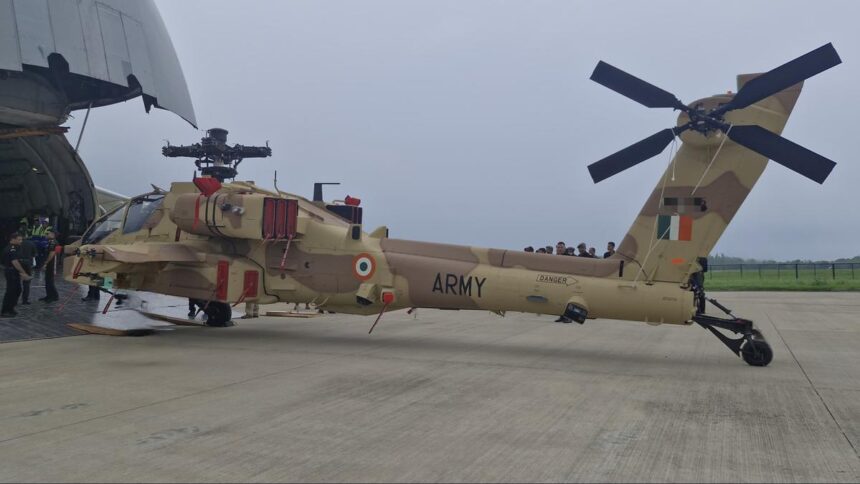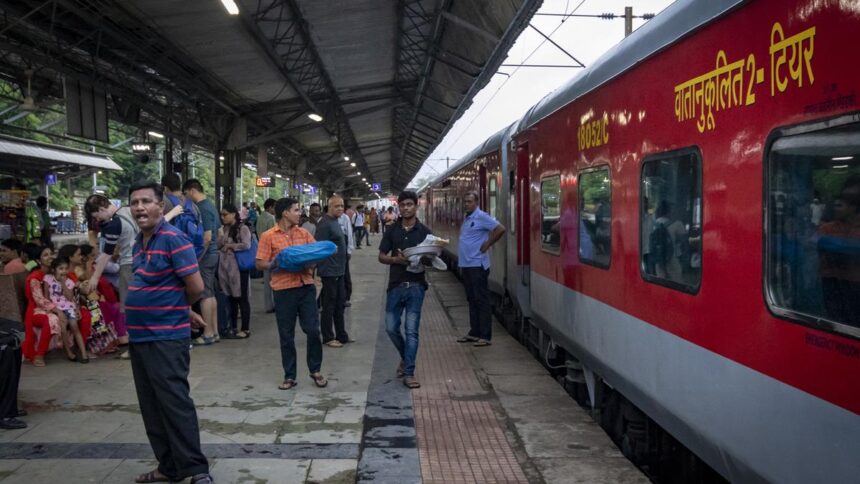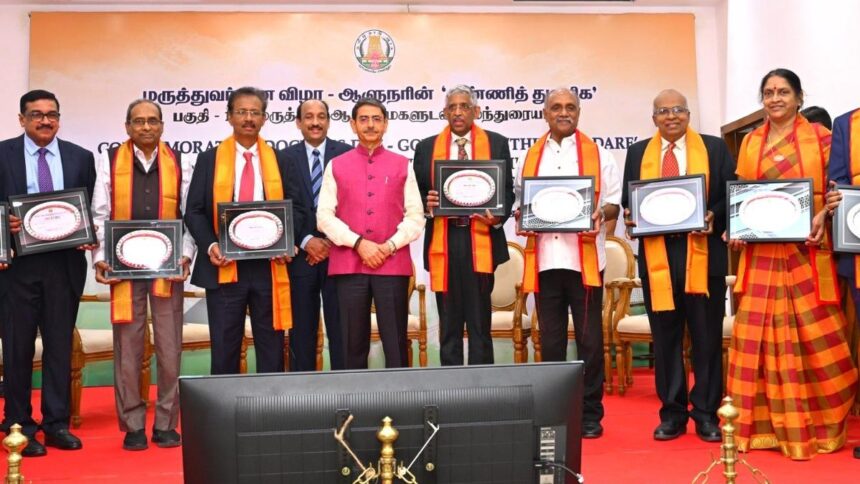
Figure 1 in the 2009 study showing a map of India with the origins of the 25 groups examined.
| Photo Credit: DOI:10.1038/nature08365
How and from where did we, the people of India, come from? Based on genetic analysis of 25 diverse groups in India, a paper in 2009 titled ‘Reconstructing Indian Population History’, jointly authored by David Reich and colleagues from Harvard and MIT in the US and K. Thangaraj and Lalji Singh from CCMB Hyderabad, provided strong evidence for two ancient genetically divergent populations, which are ancestral to most Indians.
I recommend the reader download the paper and see Figure 1 (shown above) and read Table 1 of the paper. How divergent are we? One group called ‘Ancestral North Indians’ (ANI) is genetically close to people from West Asia, Central Asia, and Europe. A higher proportion of ANI ancestry is predominantly found in the people in the northern states of India. The other, ‘Ancestral South Indians (ASI)’, is distinctly different from ANI and is of East Eurasian origin.
In a more detailed analysis, they analysed ancient genome-wide data from over 500 individuals from Central Asia and Northern South Asia, and concluded that ASIs are direct descendants who live in tribal groups in South India. All these migrations by the ANIs and ASIs seem to have come about over 3,000-4,000 years ago. There is thus an admixture of North Indian and South Indian (also called Dravidian) people across the country.
Groups with ANI ancestry ranging from 39-71% are seen in traditional (so-called) upper caste people across the country. But people with distinct ASI ancestry are seen in some South Indian states. However, the true ASIs, also named AASI, are the Adivasis of the Andaman-Nicobar Islands, who had migrated from the East Asian-Pacific regions over 60,000 years ago, and don’t mix socially or genetically with Indian mainlanders.
A recent paper in Cell pointed out that all people of Indian descent have their roots in a single, large migration that happened when humans travelled out of Africa around 50,000 years ago.
Note the term ‘upper caste’ mentioned above in the Harvard-CCMB papers. When did the ‘caste system’ arise? It has been discriminatory for over 2,000 years among the Hindus. In its four-tier system, way at the bottom are the Adivasis. Inter-caste marriages are seldom practised, and if they are, they can lead to violence.
Ethnicity and haplotypes
A 2003 paper from Prof. P.P. Majumder’s group looked at ethnicity using what are called ‘haplogroups’, which are genetic markers of common parentage (paternal or maternal) shared within a social group. The paper pointed out that haplogroup details of various populations across India provide insights into the caste system of India, with certain ancestral components being highest in tribes, somewhat less in lower castes, and least in upper castes.
This system of ethnicity is slowly changing with time, particularly in educated classes, with democracy and modernisation of the country. As people began going to schools and colleges, learning more languages and moving beyond their native places for jobs and other opportunities, inter-caste and inter-regional marriages have begun rising. According to the 2011 Census, inter-caste marriages were about 6% and inter-faith ones about 1%.
It is likely these numbers will have risen significantly, particularly among urban groups, when the forthcoming 2027 Census offers the numbers.
The author is grateful to Dr Thangaraj for his advice and critique of the manuscript.
Published – July 13, 2025 06:15 am IST



